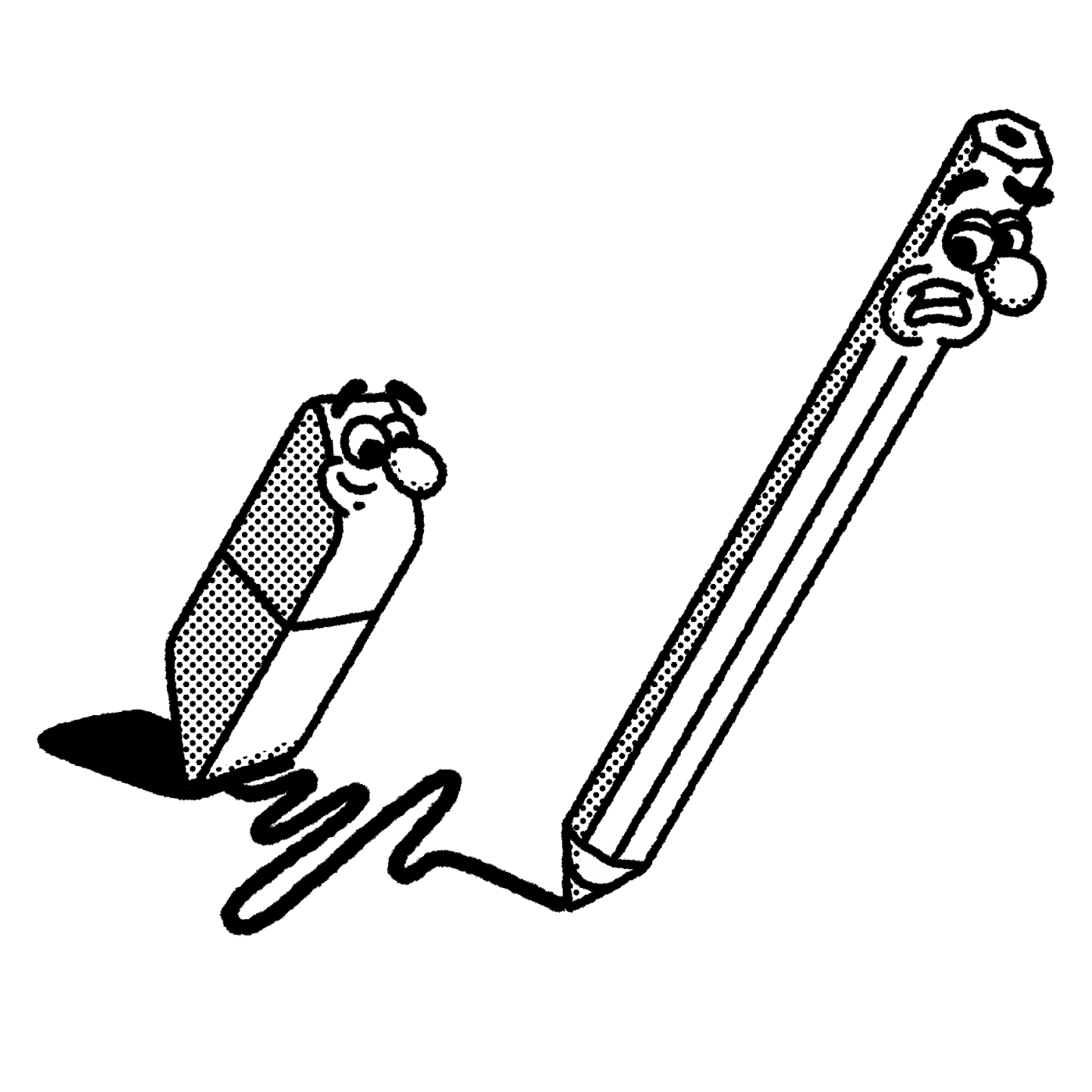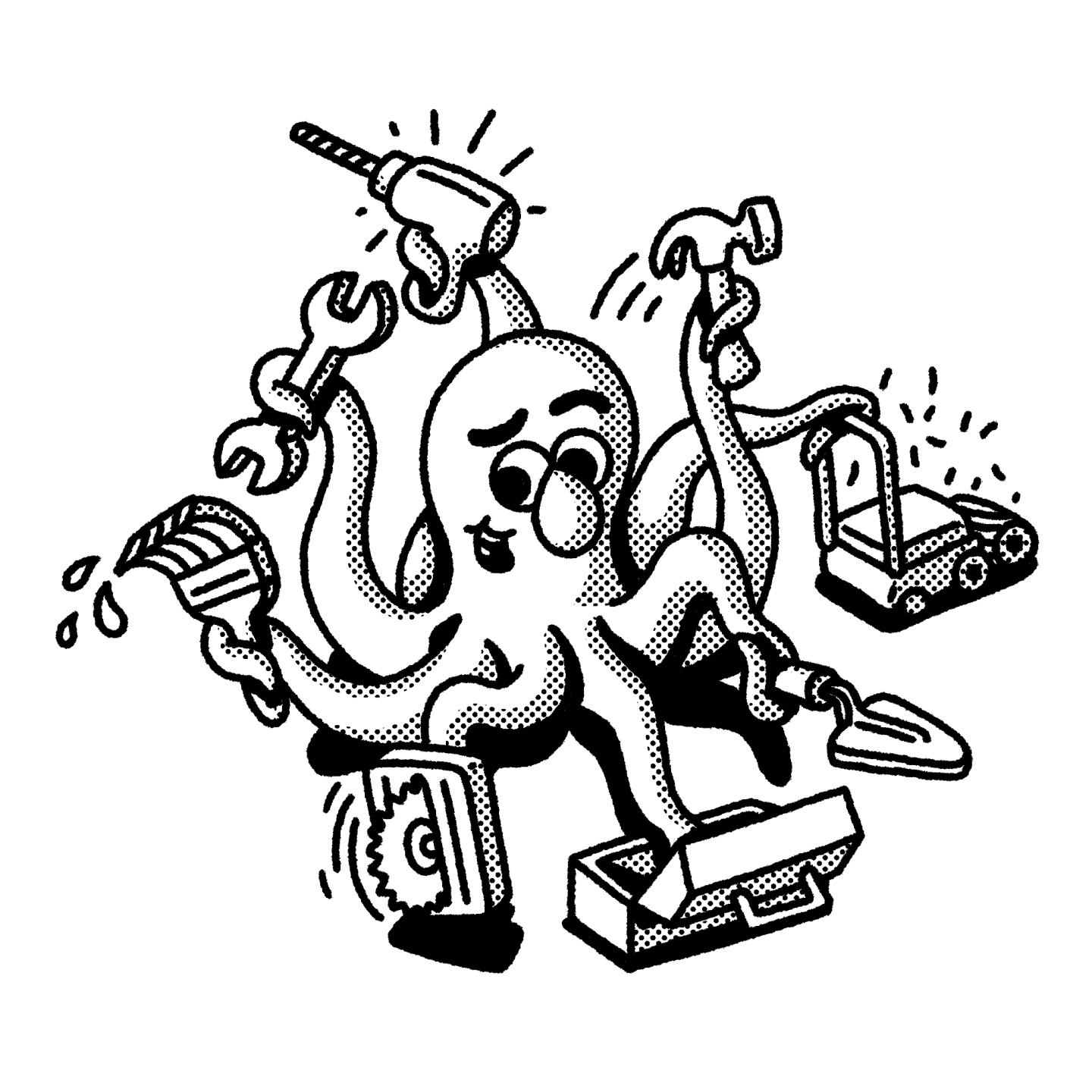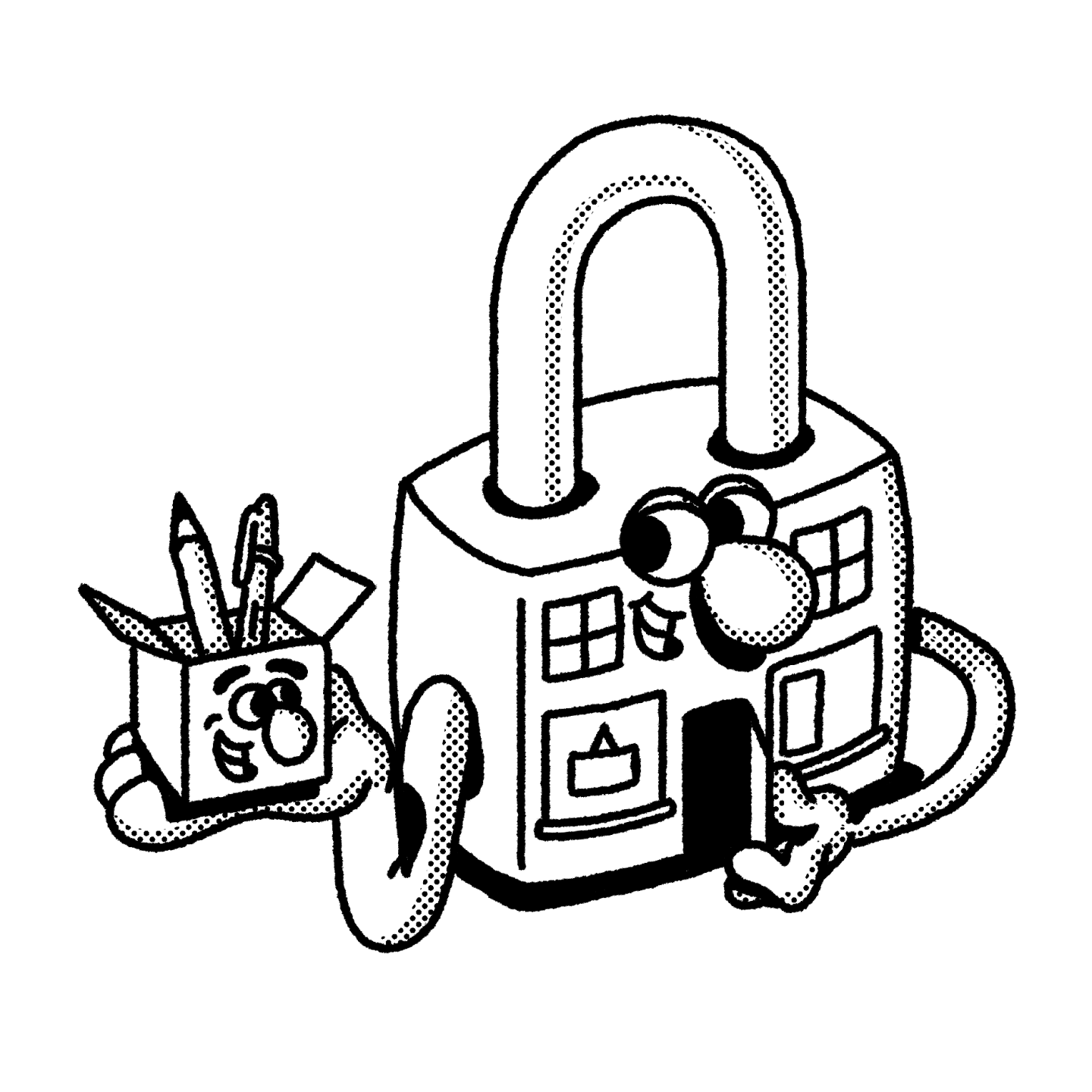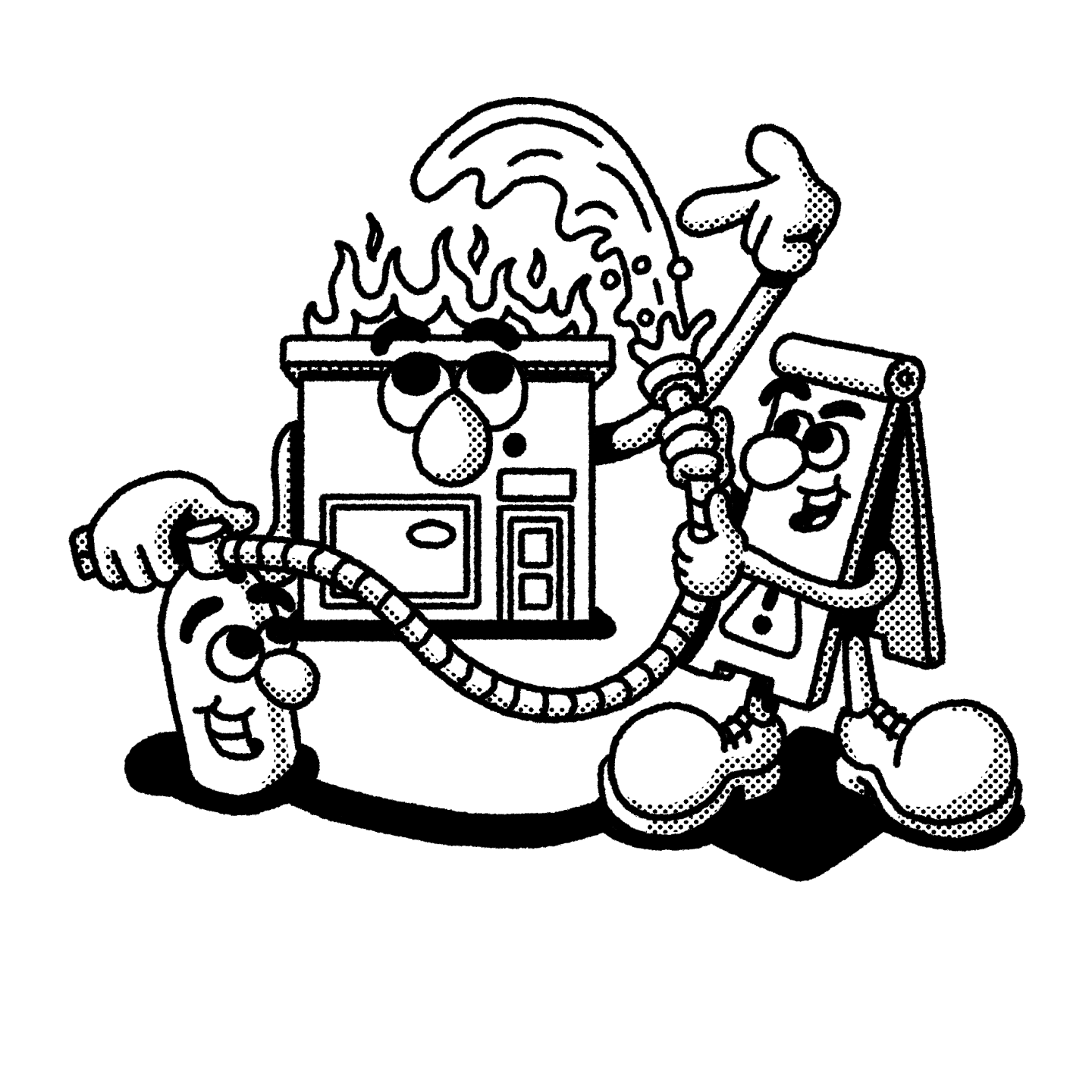What is a scheduled rating?
Scheduled rating is a process some insurers use to personalize business insurance premiums based on specific risk factors. Insurance companies and underwriters can grant insured credits or debits based on schedule rating.
Scheduled rating is a process some insurers use to personalize business insurance premiums based on specific risk factors. Insurance companies and underwriters can grant insured credits or debits based on schedule rating.
Scheduled rating in insurance offers several benefits to customers. It allows for more accurate and customized premium pricing based on individual risk factors. This means that policyholders with lower risk profiles can enjoy lower premiums, while those with higher risks can receive appropriate coverage.
For insurance, instead of relying on broad industry averages, a scheduled rating offers a more precise and equitable approach for certain industries:
A scheduled rating also promotes transparency, as customers can better understand how their premiums are calculated. It also allows customers to adjust their coverage and premiums as their circumstances change, ensuring that their insurance remains relevant and cost-effective over time.
Scheduled rating calculates your premium by considering your unique business’s risk profile through several factors (these aren’t all the factors, just a few of them):
Policies should adapt to your small business’s specific risks, helping you avoid overpaying for unnecessary coverage. It also rewards you for sound risk management. Investments in security measures and employee training can directly lower premiums.
NEXT makes it simple and fast to get the business insurance coverage you need. Our policies are designed to be affordable, customizable, and easy to manage.
You can start a quote, customize your options and access your certificate of insurance online — all quickly and online.
Start your instant quote today.
The information provided on this page is meant for informational purposes only, is general in nature, and is not intended to and should not be relied upon or construed as a legal opinion or legal advice regarding any specific issue or factual circumstance.






